Bringing Better STEM Education to the Rural South
ED Surge
APRIL 19, 2024
The project is funded through a nearly $8 million innovation grant from the U.S. Think Like a Scientist The lessons focus on chemistry and physics, two “gatekeeper” subjects that are typically seen as more difficult, Schneider says. The curriculum aligns with the principles of Next Generation Science Standards.

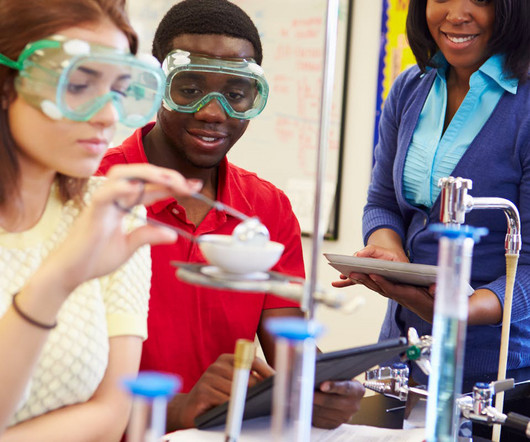
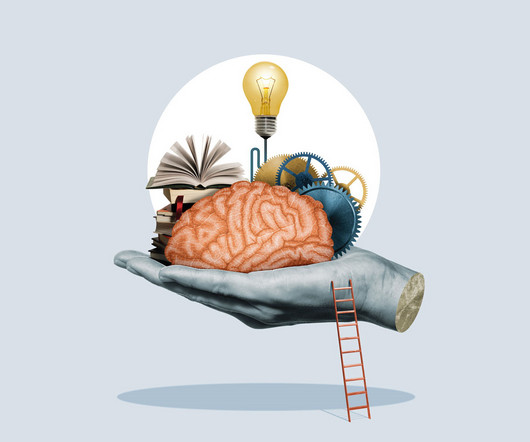

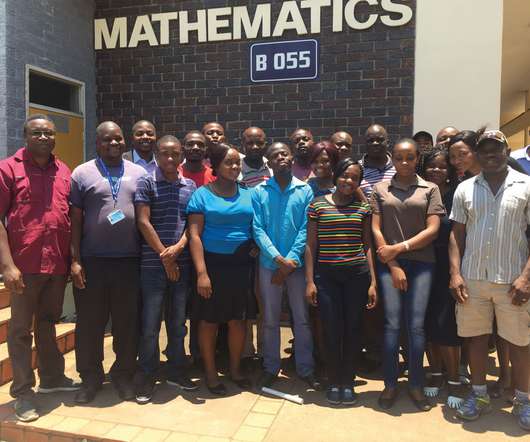
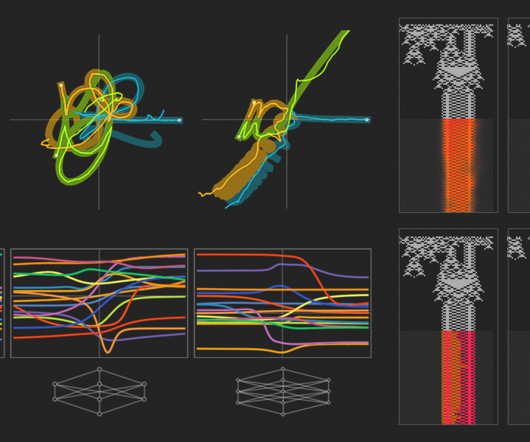



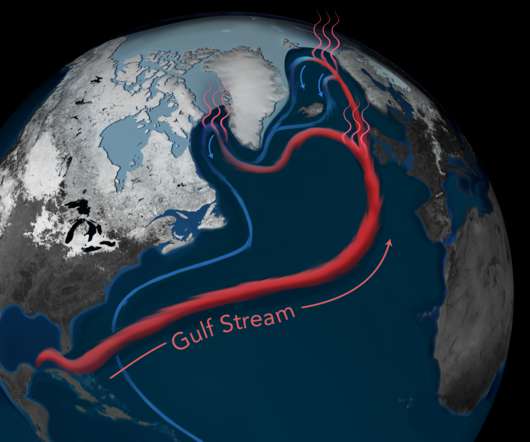

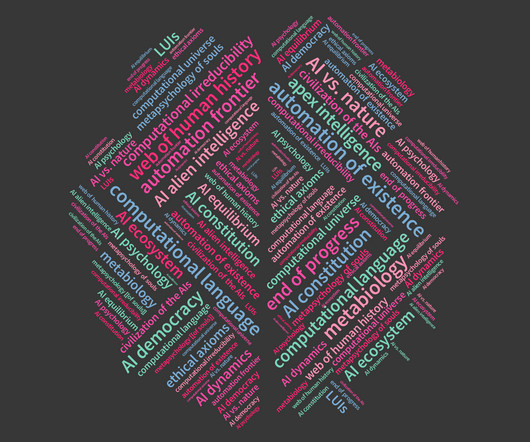






Let's personalize your content